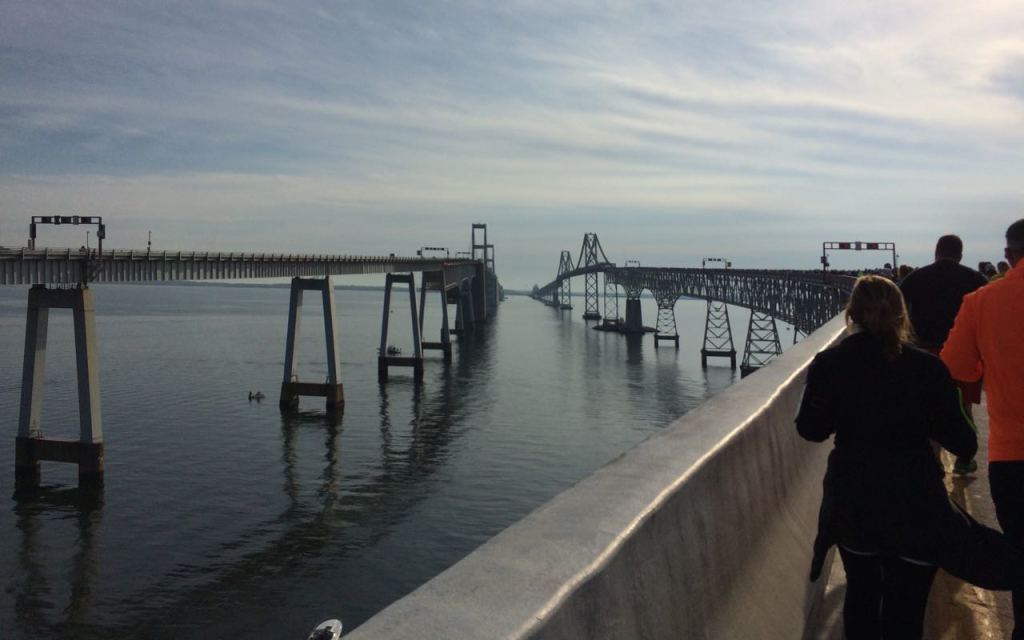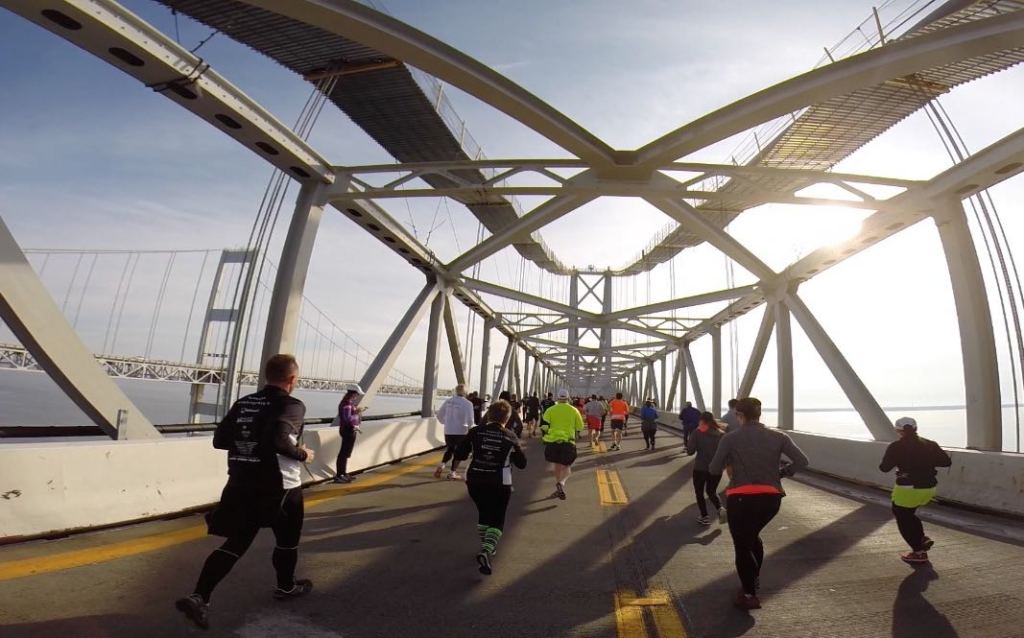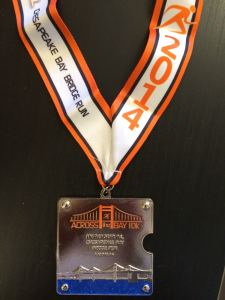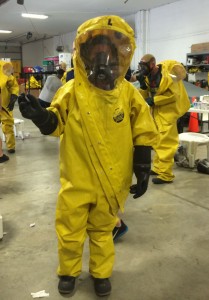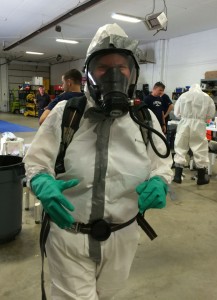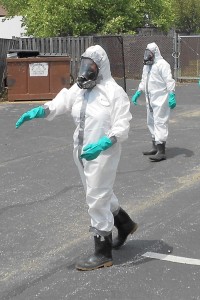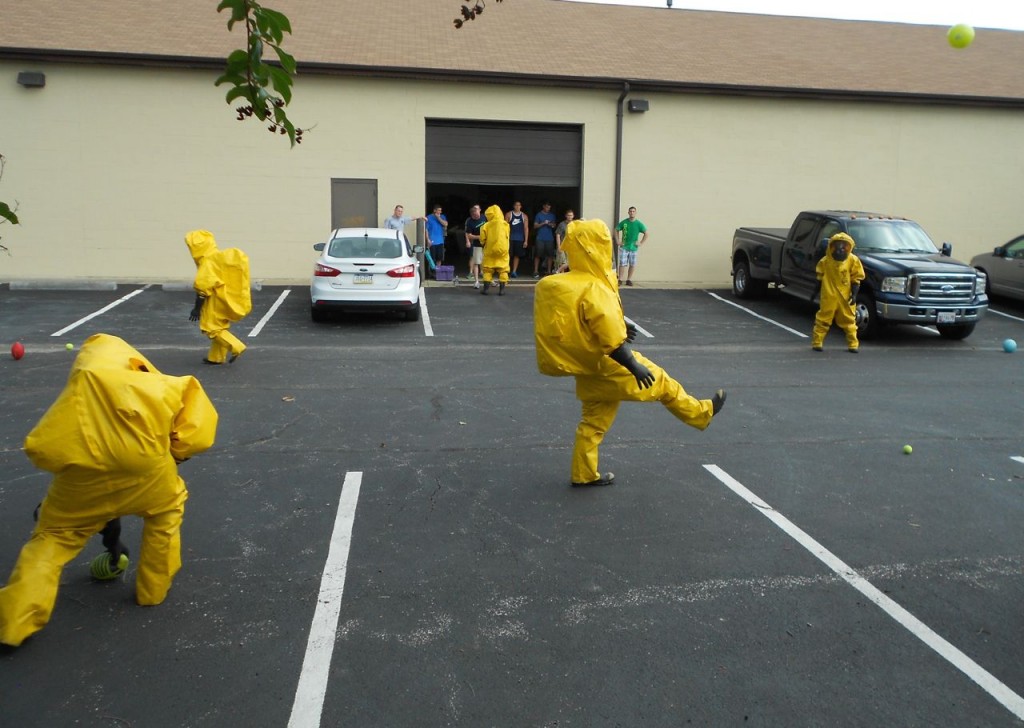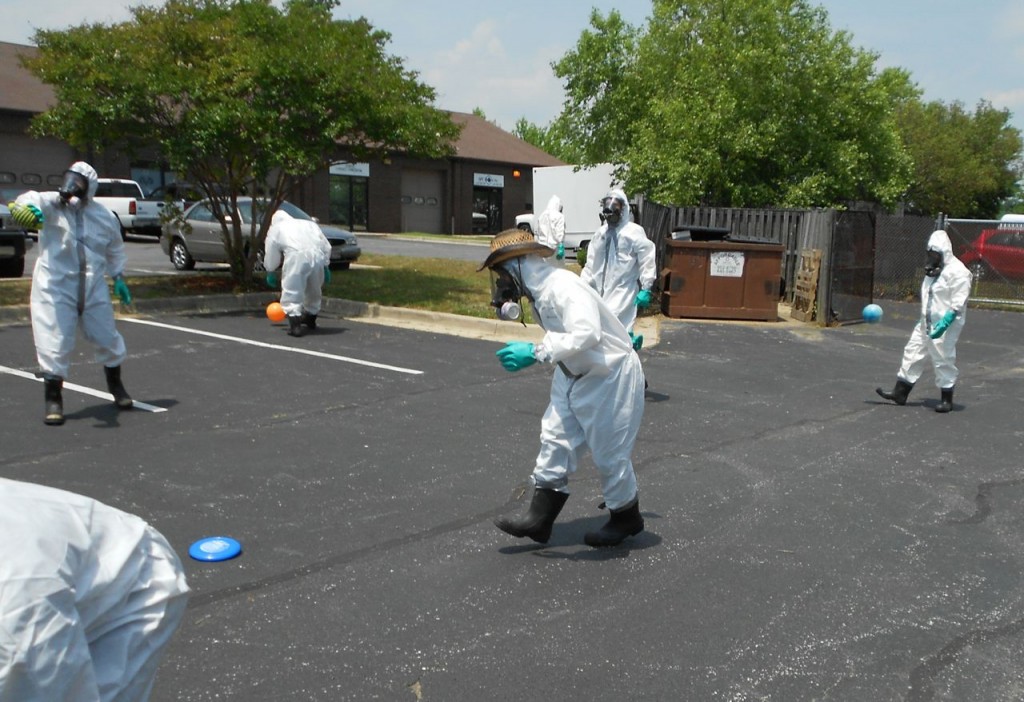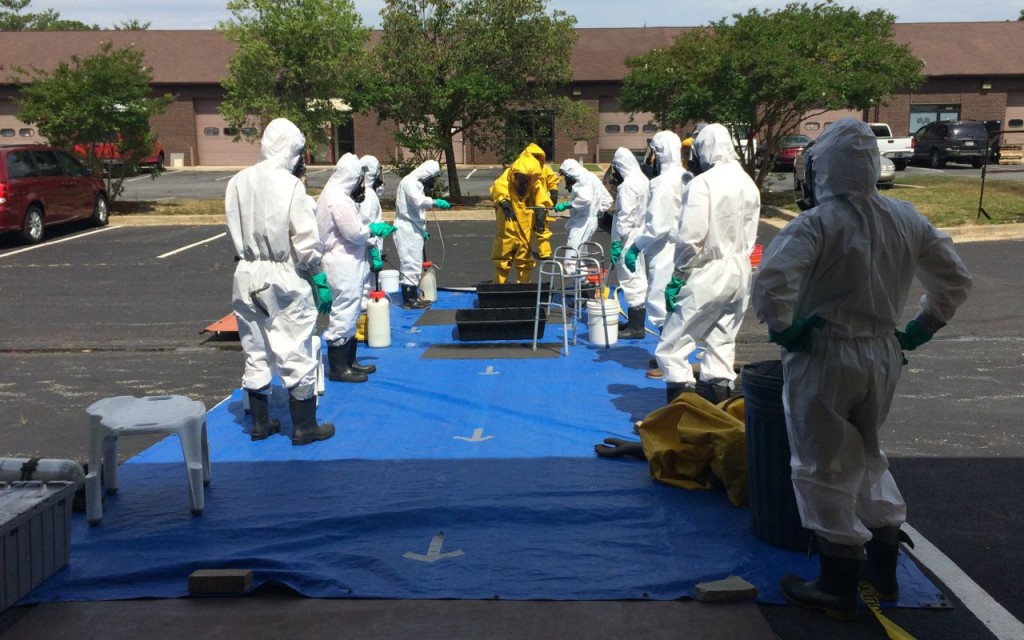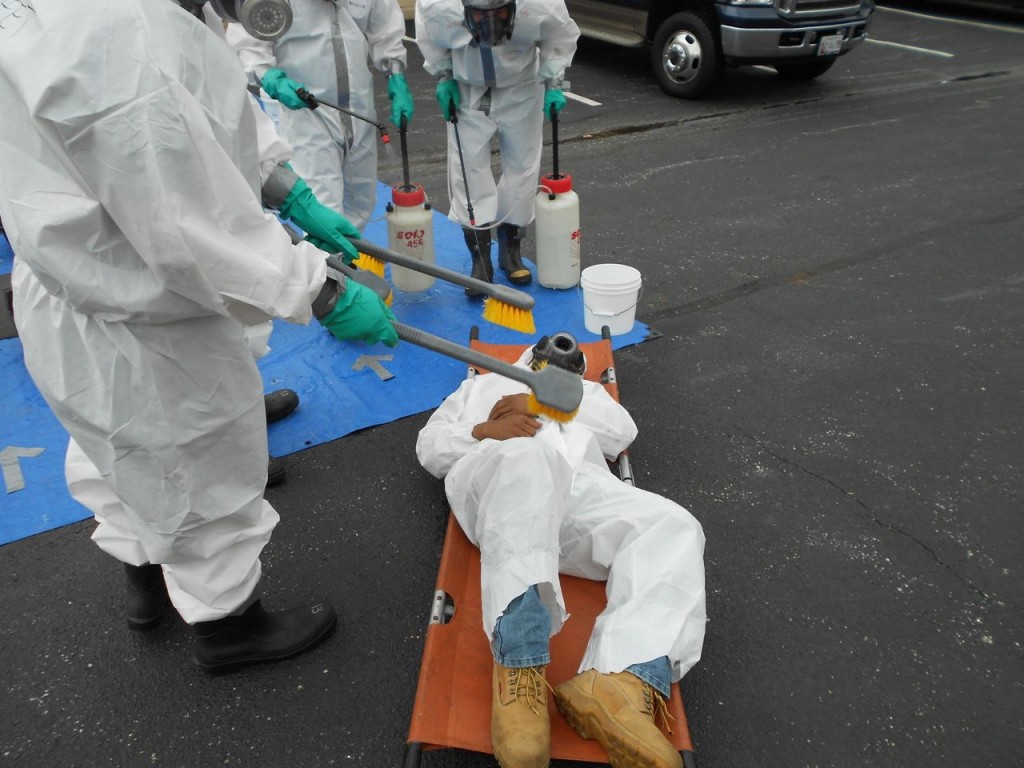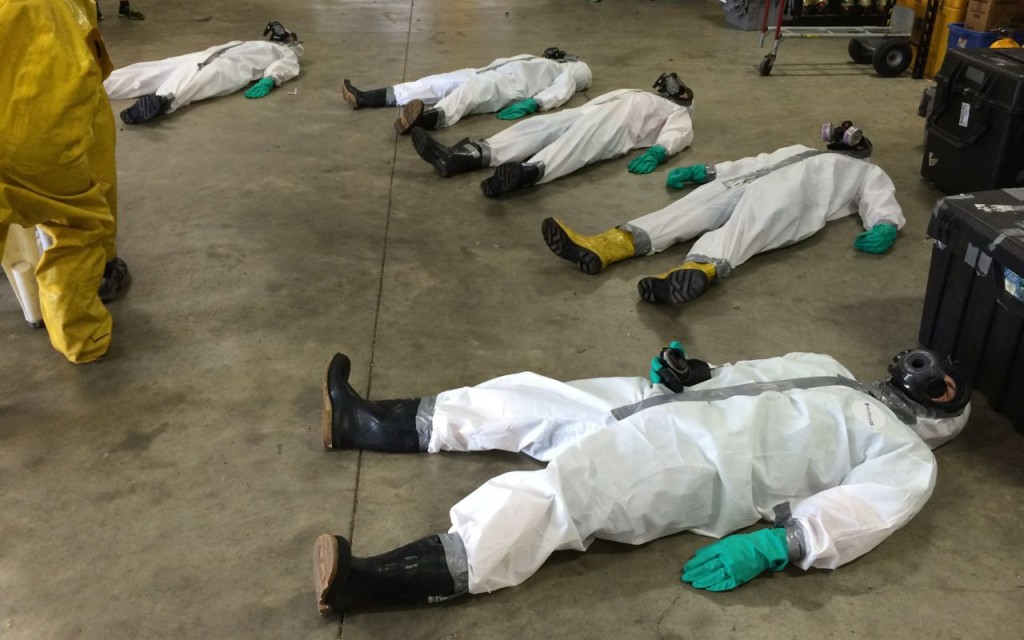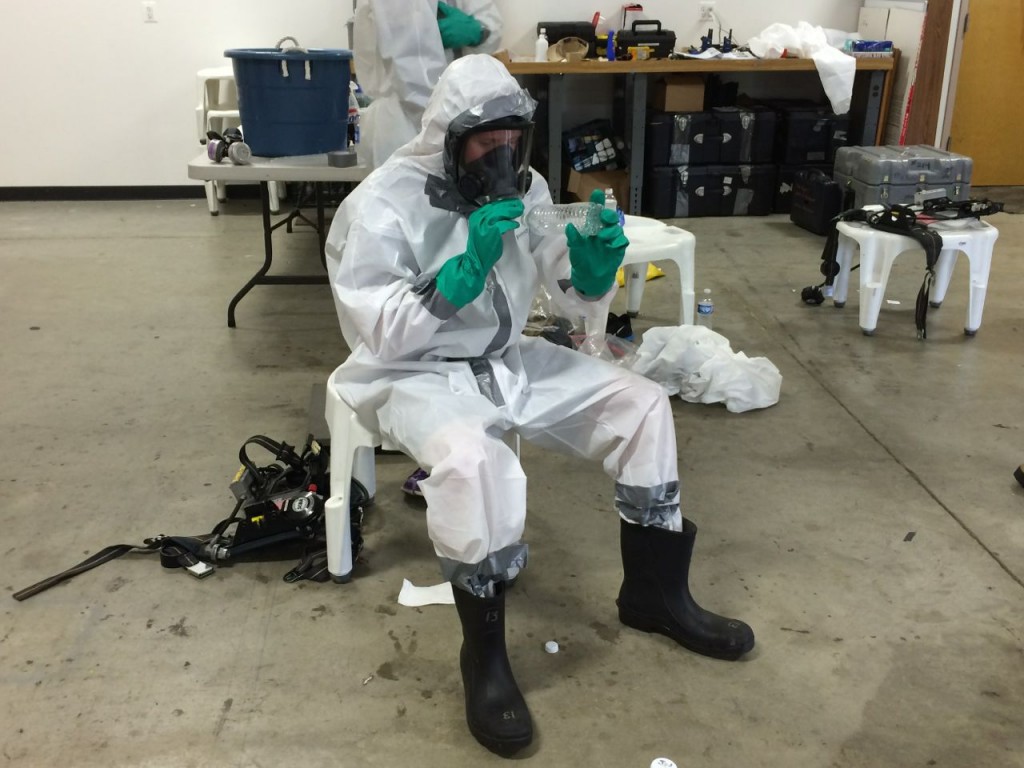At the age of 49 I was diagnosed with scoliosis. Scoliosis is normally diagnosed far earlier in life. My scoliosis is not some sort of weird adult onset type. In fact my neurosurgeon pointed out evidence on some of my spinal images that showed how long it had been there, but I am getting ahead of myself.
I can remember in junior high when everyone had to go to the gym in shifts, separating the girls and the boys, to be checked for scoliosis. My maternal grandmother had scoliosis, so I was at increased risk, yet it was not caught when I was young. I have never had good posture, but now I look back and wonder if my bad posture was really a symptom. Now, sitting with really bad posture is a mechanism to avoid pain. Basically curving my back puts the spine in an alignment to relieve the pressure, I now realize, based on the x-rays.
I have had back pain for so long that I don’t even know when it started. It has been increasing in pain level and consistency though. I can remember what was my first attack of sciatica and related muscle spasms. It was about twenty years ago, and I was in graduate school. I was having serious nerve pain in the hip area, and I went to the student health center. The physician prescribed a muscle relaxant and pain meds. I went to the bathroom while I waited for the pharmacy to fill the prescription. When I tried to get off the toilet, the muscle spasmed with such intensity, I was not sure when or if I could stand up. I finally did. I didn’t need the pain meds really. I just needed the muscles to stop firing.
Since then, the back pain has gotten worse, and a variety of others issues have come about. Several years back frustrated by the constant back pain, my physician prescribed physical therapy. I needed to build my core muscles I was told. A physical therapist pressed on my back in places trying to get the muscles to release. The muscles generally refused to release, and I give the physical therapist the benefit of the doubt that she never pressed in the correct location to feel my spine in the not correct location.
A couple of years ago, I started having hip pain. My physician sent me to an orthopedic specialist, who ordered x-rays. Sadly the x-rays were aimed at my hips and just out of range of the lumbar region of my spine. Another missed chance to see the scoliosis. The specialist said I had IT band syndrome. Basically I was walking funny because of my back pain and/or sciatica, so that caused the hip pain. I just needed to stretch the IT band, and I would be fine. He said I needed more physical therapy. I declined to go because I had been there, done that.
For years now, I see a dermatologist annually for what she calls “mole patrol” to check for any signs of skin cancer or other issues. She checks my entire body. I give her the benefit of the doubt that they way I lay down on my stomach while she checks my back does not make the spinal deformity obvious. I have had physicians and nurses on countless occasions listening to my lungs with a stethoscope. I get annual physicals. I give them all the benefit of the doubt that they never noticed the spine out of alignment.
Two years ago, as I was once again pressing my hand to the part of my back that always hurts, it dawned on me that my back has a lump of sorts where the pain is. Why it just occurred to me then I have no idea. I am sure it had been there longer. Feeling around my back, and I know something is wrong. Is it my spine I wonder? The lump is such that when I lay on a flat surface, I cannot lay flat. My left side touches the surface when I lay flat, but not the right side. I go in for my annual physical and ask the physician. I hadn’t seen this physician but maybe once before because the physician I normally saw at the same practice had recently moved, and I needed a new physician. The new physician asks if I have scoliosis. I don’t know I say. She has me bend over and check my spine. No, she says, the lump is just soft tissue.
The coincidence of the location of the lump and my pain is too much for me to ignore. I am also slightly concerned that I have soft tissue lump on my back. Is this a giant cyst? I go back to the same practice but see a different physician. I explain the issue. She says, let’s just get an x-ray. The radiology report says “Some height loss at the right aspect of L1 vertebral body. Accompanying approximately 50 degree leftward curvature centered at L1-L2, accompanying advanced multilevel disc height loss, endplate degenerative changes. Mild wedge compression deformity of L1, with mild accompanying increased kyphosis.”
“Some height loss.” Did I mention I used to be 5’7″, but a couple of years ago during a physical they said I was 5’6″. I remember arguing that no, I was 5’7″. It never dawned on either the nurse, doctor, or myself why in my late 40s I had lost an inch.
So yeah, I have scoliosis. That’s the problem. The radiology report was a shock to say the least. My physician sends me to a neurosurgeon. He orders more images, more x-rays, CT scans, and MRIs. The radiology reports all agree on scoliosis, but some say 40 degree curve, and some say 50 degree curve. No matter which, it’s a lot. When I viewed the images with the neurosurgeon I started crying. They say a picture is worth a 1000 words. Seeing an image of my spine was somehow far more emotional, devastating, and hard to handle than reading a very clinical radiology report with lots of words that I had to look up. My neurosurgeon pointed out bone spurs on two vertebrae at the apex of the curve on some of the many images. The bone spurs formed to try to protect the vertebrae from rubbing against its neighbor he says. That’s how we know this scoliosis started a long time ago.
I used use a standing desk at the office. Until several years ago, I used to go for five mile walks. I used to go for 20 mile bike rides. I can’t anymore. I can barely walk more than a couple of blocks before the back pain starts. On my road bike, I have to stop after 15 minutes or so to stretch my back because of the way the road bike forces me to lean over in a manner that stresses my spine. At least my hybrid bike is better because of the way I sit in it. It wasn’t always like this. The back pain used to be on and off. Now it is constant. I used to run. Less than a decade ago, I ran fairly regularly, and in fact I once could run 10 miles. I was never fast, but I had endurance. Knee pain forced me to stop. Now I have to wonder if the knee pain was at least somewhat related to the scoliosis.
I feel like I have been gaslit by the medical community for at least a decade. For as many times as I have complained about back pain, the solution was always to lose weight and build my core muscles. I am overweight, but I eat a healthy diet, and I am very active. I exercise near daily. Elliptical machine, walking, biking, weight and resistance training, rowing machine, etc. At least I used to. There is only so much exercise you can do when the pain is so intense and constant. However, core muscles and weight loss was always the issue I was told. How much stronger did my core have to be before the pain ends? I am not even sure if they believed me when I said I work out every single day. Maybe they did, but they just didn’t care. More to the point, I will also never understand how the one physician could possibly feel the lump on my back and call it soft tissue. How can anyone, especially a physician, feel my spine in a completely incorrect location and not realize it?
My neurosurgeon said that with scoliosis of less than 30 degree, surgery may not be necessary. Mine is severe enough that surgery is really the only option other than “putting out fires” as he says. My quality of life is degrading to such a degree that I decided surgery was my only option. I want to be able to continue to travel. I want to be able to go for long walks or long bike rides again. Surgery is no guarantee that my quality of life will return to what it was a decade ago, but I feel like I have to take the chance.
My neurosurgeon and I discussed the surgery options. I agreed with him that the more invasive surgery is better if only because my spine is not just curved, it is also rotated, which adds more complexity to the surgery. He said there is a less invasive option, which divides the surgery up over two days, but he was worried with the spinal rotation, he still might have to go more invasive for the second surgery day. I agreed it was better to just do everything in one go with the more invasive surgery. Two neurosurgeons working on me at once for a surgery that will probably take six hours.
Surgery is tomorrow, and I am terrified. I am scared of dying. I am scared of becoming paralyzed. I am scared I will still be in constant pain. I am scared of going through all of this, and I can’t resume the life I used to have years ago. I am not afraid of months of physical therapy. I am just scared because there is no guarantees. I can’t do my engineering calculations with safety factors and redundancy to have a high degree of confidence that my design will work. I can only trust in a medical team because almost everything is out of my control. About the only thing I can control is donating two units of blood to myself in the past week and a half because my neurosurgeon said with the more invasive option I might need a transfusion. I donate blood on a regular basis. One unit of blood doesn’t really phase me anymore. Donating a second unit of blood to myself one week after the first, per the schedule given to me by the blood donation service, rather zapped me of my normal energy. I plan to tell my surgeon and anesthesiologist that even if I don’t quite need a transfusion, I would rather like some of my blood back.
I have been preparing for tomorrow for several months now. Pre-operative exam with blood tests and EKG. Autologous blood donation. More blood tests at the hospital. Now I type this blog post to try to sort out my emotions and keep myself calm because I am terrified. I really don’t want to have this surgery, but I don’t want to live the rest of my life with my quality of life rapidly decreasing with constant back and hip pain, sciatica, and who knows what else may start. I have to have faith. Faith in God, and faith in my neurosurgeons, anesthesiologist, nurses, and everyone else to fix me. God, please be with my medical team and make me better.



